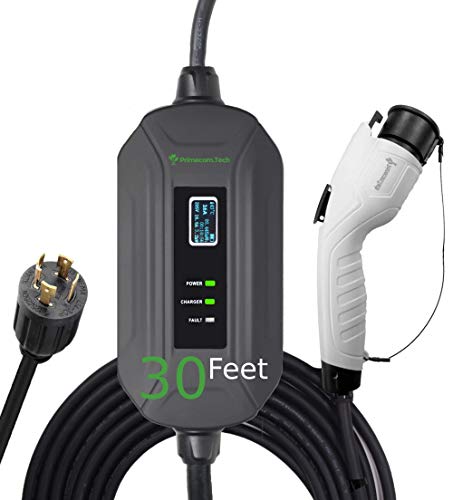Speaking of peak efficiency...
I just learned how much dirty panels can impact power production. Ever since installing, I've only ever seen my 4.8kW system output a peak of 4kW. Just yesterday for the first time, I was curiously seeing peaks of almost 4.5kW.
Turns out, the immediate weekend I had the panels physically put on the roof, I was doing a large landscaping job in my yard, and moving about 20 cu. yrds. of dirt with a bobcat. That put a nice layer of dirt on the panels which I did see prior, but didn't think much about. The night before seeing the large jump in production, saw some light rain fall which likely washed the panels.
I have a relatively new style AU Optronics 'AC' panel, which is microinverter based, but has the inverter integrated to the panel at the factory.
I just learned how much dirty panels can impact power production. Ever since installing, I've only ever seen my 4.8kW system output a peak of 4kW. Just yesterday for the first time, I was curiously seeing peaks of almost 4.5kW.
Turns out, the immediate weekend I had the panels physically put on the roof, I was doing a large landscaping job in my yard, and moving about 20 cu. yrds. of dirt with a bobcat. That put a nice layer of dirt on the panels which I did see prior, but didn't think much about. The night before seeing the large jump in production, saw some light rain fall which likely washed the panels.
I have a relatively new style AU Optronics 'AC' panel, which is microinverter based, but has the inverter integrated to the panel at the factory.


















